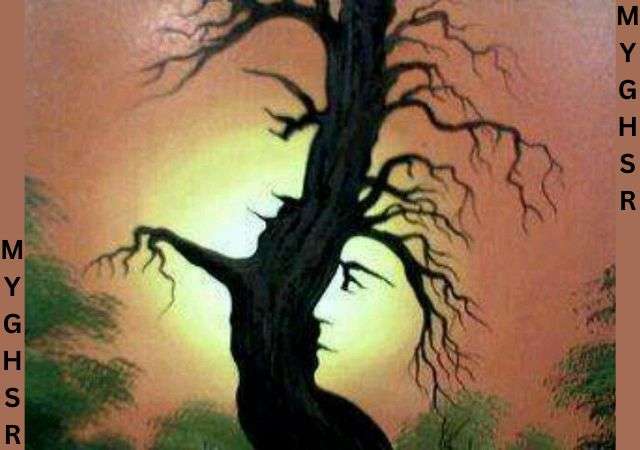Are You Confident or Defensive: An Optical Illusion Personality Test?
Optical illusion pictures are images or visual cues that device the human eye into seeing something that does not actually exist. There are many ways to create optical illusions, including by using shading, evaluation, attitude, and other visible cues.
Among the many varieties of optical illusions are the following.
Geometrical Illusions: These illusions use geometric patterns to create the appearance of shapes, strains, and styles.
Ambiguous Illusions: Ambiguous illusions display observable records that can be read in a variety of ways.
Illusions of movement: These illusions give the impression of movement in a still image.
Shade Illusions: Color illusions are tricks played on our perception by the contrasts and colors used.
Illusions of intensity: These deceptions distort our perception of space and depth.
In order to create optical illusions in their works of art, artists have used a variety of methods.
A useful tool for gaining a deeper understanding of one’s own behavior and values is a personality test. They can help you better understand yourself by shedding light on how you respond to various situations. This specific personality test uses an optical illusion to give you a distinctive insight into your personality.
Are You Confident or Defensive: An Optical Illusion Personality Test?
It provides a fun and interesting way to delve deeper into your personality.
Consider the optical illusion carefully and thoughtfully before moving on to the questions.
Think about how you feel and your initial responses. As you answer the following questions, the illusion will serve as a foundation for determining your personality type.
Using optical illusions as a tool for personality testing reveals fascinating details about how people perceive and interpret their surroundings.
These intriguing visual puzzles can help people discover their unique personality traits.
Are You Confident or Defensive: An Optical Illusion Personality Test?
By presenting deceptive or distorted visuals, optical illusions challenge our brain’s ability to perceive and interpret, providing insights into our distinct cognitive processes. When combined with an tree-human-themed personality test, the initial image one perceives can unveil aspects of their personality.
Incorporating optical illusions into personality assessments brings an element of awe and revelation, exposing hidden facets of our mental and perceptual inclinations, all while delivering an enjoyable and thought-provoking experience.
Now, consider how you fared in identifying both a tree and a human face within the image. Did you spot both creatures, and if so, which one captured your attention first?
If you were quick to notice the tree:
Individuals who initially noticed the tree tend to be independent, inquisitive, adaptable, enigmatic, and playful. They prefer self-sufficiency and enjoy accomplishing tasks on their own rather than relying on others. Their insatiable curiosity drives them to continuously seek out new information, and they effortlessly transition between work and leisure pursuits. Their enigmatic nature often intrigues and bewilders those around them.
If you were quick to spot the human face:
Individuals who first noticed the human face tend to be cautious, resourceful, adaptable, and observant. They may have a natural inclination towards caution, which can make them reserved or hesitant to engage with others. Their agility allows them to efficiently and effectively switch between tasks or activities. They are resourceful problem solvers who readily adapt to various situations, and their heightened awareness of their surroundings keeps them vigilant.
Are You Confident or Defensive: An Optical Illusion Personality Test?
FAQ
Q. 1 Why do illusions trick our eyes?
Ans:- Information is gathered by your senses and sent to your brain. But your brain does more than just process the information; it also shapes the way you see the world.

